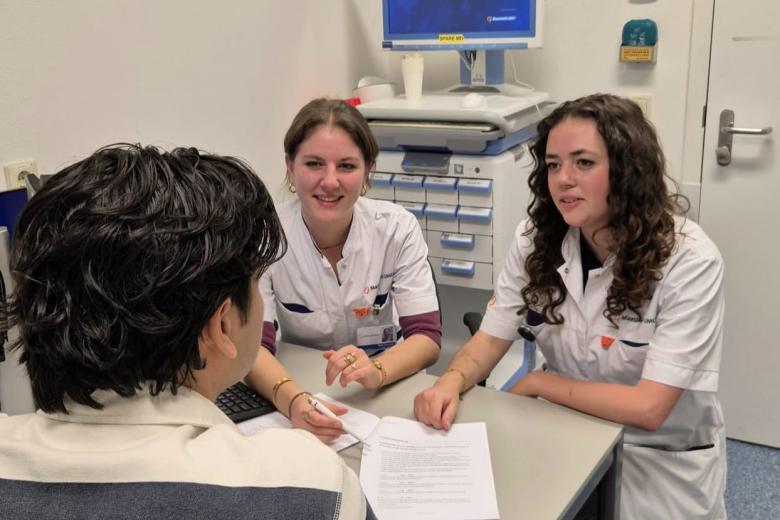ITEM is working together with French MOT on border impediments
The Institute for Transnational and Euregional cross border cooperation and Mobility / ITEM and Mission Opérationelle Transfrontalière / MOT are working together. This was the result of the fruitful visit of a triple helix delegation with representatives from ITEM, the Limburgse Werkgevers Vereniging (LWV), DPA, the Province of Limburg and E,TIL to the MOT office in Paris, which took place on Friday 22 January 2016.
ITEM and MOT are joining forces in order to tackle impediments concerning cross-border cooperation.
MOT was founded in 1997 by the French Government in order to be able to offer better operational support to its border regions. MOT is committed to improving cross-border cooperation and provides, among others, information, support, and training on border issues. Not only does MOT have national reach, it also has a European-wide reach. The organization has partnerships with a variety of actors, including the Province of Limburg.
MOT aspires to be the voice of European border regions and is committed to remedying their specific border impediments in programs and Community legislation. In realizing this goal, MOT actively cooperates with other organizations dedicated to the topic of cross-border cooperation in Europe and in the world. The MOT cooperation with ITEM will focus on the border impact assessment, political atelier, Luxembourg report, and possibly on making joint requests for EU subsidies.
Also read
-
More than a student job: five alumni about their unique role in groundbreaking vascular research
What is it like to take part in cutting-edge vascular research as a student, standing in the operating room, directly responsible for handling patient material? Five alumni of the Maastricht MAPEX student team share what they learned, the challenges they faced, and how this experience shaped their...

-
Maastricht University ranked #3 worldwide and #1 in Europe in 2025 Better World MBA Ranking
We are incredibly proud to share that the MBA programmes of Maastricht University School of Business and Economics’ executive branches, MSM and UMIO, have once again been recognised among the very best sustainable business MBA programmes worldwide. In the 2025 Better World MBA Ranking by Corporate...

-
Young people in higher education mainly choose based on their interests. A better link with labour market opportunities is needed.
Against the backdrop of structural labour market shortages, it is of social importance that young people choose courses that not only match their interests and talents but also lead to occupations with good employment prospects and social value, particularly in sectors such as healthcare, education...
